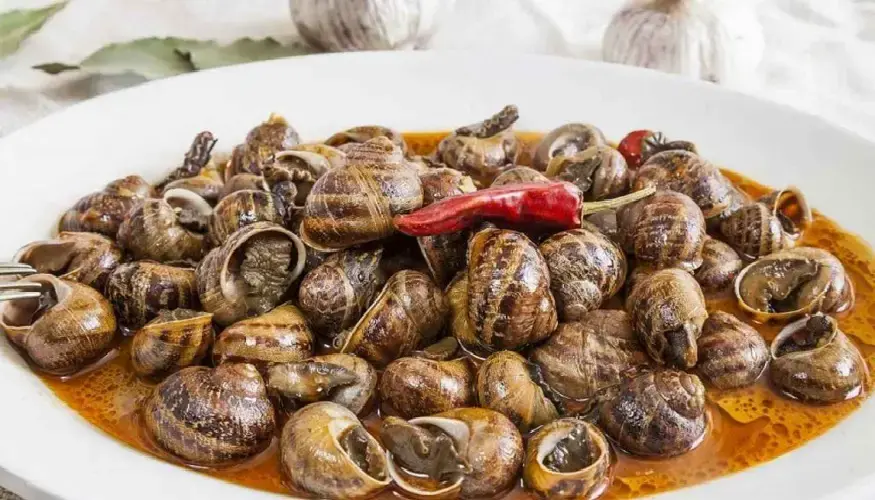Why Naga Cuisine is Worth Understanding
- Ricesome
- Mar 22, 2024
- 4 min read
Updated: May 3, 2024
I think we should appreciate Nagaland for not discriminating against animals based on their cuteness or intellect and consuming them all. If anything, we should learn a thing or two about what it means to utilize the resources around us fully. At this specific moment, your pet has packed its bag and is trying to run away from your house. You might wanna chase it.
I think I am losing the point I am trying to make. In all seriousness, since the beginning of my writing career (like 48 weeks ago), I decided to write about the cuisine of the Northeast because it's not just the food, it is also the people that often go unnoticed in the eyes of "Mera Bharat". The only issue is I have never been there nor met anyone from there or eaten something that closely resembles their food. But that's not gonna stop me. As always, Ricesome offers you the best "Google Research" about a specific cuisine in a well-humoured bundle so you don't have to waste time clacking your keys and being bored by other storytellers online.
Without further ado, here we go!
The cuisine of Nagaland is considered to be a healthy blend of local and fresh ingredients and contains little to no usage of oil. Most of their food is cooked in water or in any other liquid. I am pretty sure you might have heard of the world-famous Ghost Pepper or Bhut Jolokia which is used in their cuisine to flavour their dishes, and apart from this there is little spice added in their cuisine besides lots of ginger.
Another significant culinary landmark in Nagaland is the Mao market where it is often said that "anything goes". All the creatures which we could or couldn't imagine someone eating are eaten extensively over there. From silkworm pupae to live beetles to guinea pigs, a variety of other exotic creatures are prepared and consumed. Many of the animals in the tribal areas are hunted and the love and pride for hunting still runs deep. Meat often collected during hunting is dried off from the ceilings of houses.
These are some of the dishes I found while searching for Naga food, delicacies which are not well-known to the rest of us:
1. Eri Puka Fry (Stir-fried Silkworm Pupae)
As the name suggests, this dish consists of silkworms that are harvested in the early stages of maturing and are fried in oil with some chillies and some spices. This dish is considered to be a delicacy, and any Telugu audience reading this right now, I can just imagine your faces...but it's true, it exists.
2. Moudi
In Khonoma, there is a huge 3-day feast prepared by the Angami tribe where Mithun, a cattle breed, is slaughtered, butchered, and cooked in large vats with just water, chilli powder, and salt, and is feasted by all the villagers there. Earlier, people have tried to impose the "beef ban" on Nagaland and this particular dish, but it is still consumed over there which goes to show that Nagas are a fierce tribe and are independent of our ideologies and regulations.
3. Galho
It is a porridge made out of sticky rice, vegetables, and various other meats such as beef, smoked pork, or chicken. It is a popular breakfast dish eaten by the Angami tribe of Khonoma.
4. Akini Chokibo

Akini is different from Akhuni (Axone) which are fermented soybeans that are widely used in Naga cuisine. Akini refers to perilla seeds (Perilla is a leaf from the mint family and is also eaten in Korean food) and Chokibo refers to snails (Yep, anything goes). Snails that are cooked together with perilla seeds and sometimes pork or akhuni is also added.
5. Awoshi Kipiki Axone
Probably the most famous and delicious Naga dish according to the internet. Smoked pork curry with fermented soya beans can be considered the star menu item of many Naga restaurants in India.
Oftentimes, it is the restaurants that stand at the gateway to the path of discovering regional delicacies from different states. One such restaurant that opened this world up for me is Naga Belly in Mumbai which recently made its appearance on Buzzfeed India. This reminded me of the first article I wrote about Uyghur cuisine and how some restaurants in America tell the traumatic stories of many Uyghurs.
It feels so awesome and inspiring to see that this truth stays the same even after 45 articles. Unlike Naga cuisine, it is not an unknown fact that Northeast India is not considered to be a part of India by many Indians, and I am not sure that Nagas want to consider themselves as Indians due to differences between us and them. The controversial question that begs all of us is, "What makes someone Indian?", and if you haven't already guessed.........I don't know the answer to that.
But let us suppose that something is worth trying and it is widely considered to be delicious. In that case, it becomes a part of something that goes beyond our prejudices, and it is a pretty interesting phenomenon... Don't think so? What do I know about Naga food? Yet I am still writing about it.
That's it for this time. See you next week!











Good. Very nice. Usefu information